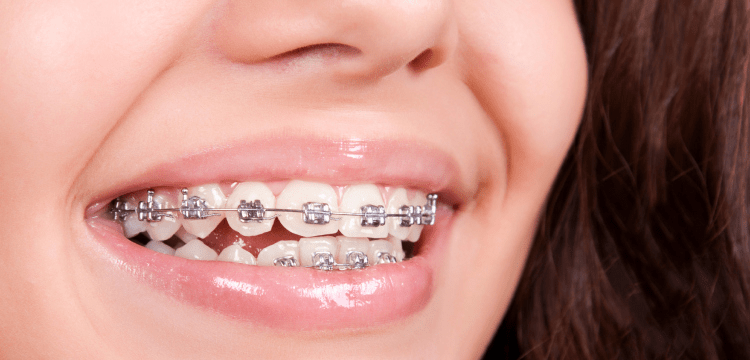This is a great question, and many people just assume you need to wait. However you do not need to wait and you should not because chances are you will have missed out on the best time for fixing your bite.
These days, the better approach involves 2 phases of straightening the teeth. Most dentists refer younger patients to orthodontist by age 8. Seeing an orthodontist too early cannot hurt but waiting too long can do additional damage.
By age 8, it may be too early for actual treatment but it’s not too early to determine the correct treatment plan over these transitional years of the your child’s changing teeth. This is the time when the adult teeth are coming in and the baby teeth are falling out at the same time.
What your orthodontist will be considering is the growth of the jawbones. Often times, one jaw bone will grow faster than the other and early detection and treatment of this situation will lead to a better result than if treated later when all the adult teeth have grown in.
When both jawbones are correctly aligned, there is less movement of the teeth needed, which means a shorter treatment time and lower chance of relapse. That is why you have two phases of straightening the teeth.
Worst case scenario is that the orthodontist will see you, see that the jawbones are growing in harmony, and he or she will put you on a schedule and call you back at the appropriate time. This will give you peace of mind that you won’t miss that optimal window for fixing your bite.
By making sure that the upper and lower jaw bone grow in a balanced way, the second phase of braces a simpler and shorter process with less chance of relapse in the future. Relapse is when the teeth go back to their original crowded position as you grow into an adult.
Phase 1 of braces allows for the correct amount of space in the mouth for the incoming adult teeth so they have room to be in the proper position. This makes the 2nd phase a simpler process as the upper & lower jawbones are aligned.
Picture building a rocket and flying to the moon. Mapping out a flight plan in the very beginning will determine whether or not you have a moon to land on. Good phase one treatment will determine a successful moon-landing at phase two because you will have timed everything. Once you launch, there’s no changing the plan until you’ve completed your trip. Determine your flight plan by age 8 or 9 to guarantee a successful landing by age 12 or 13.
Ultimately, do not wait until all your baby teeth have fallen out because you may have missed your ideal launch or opportunity window.
